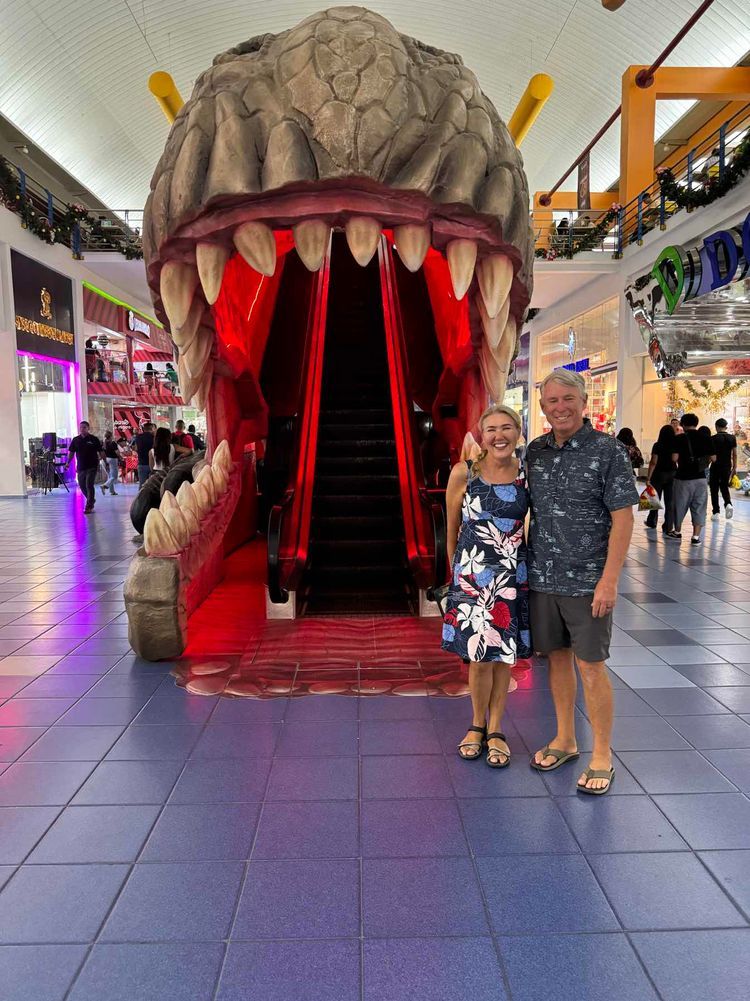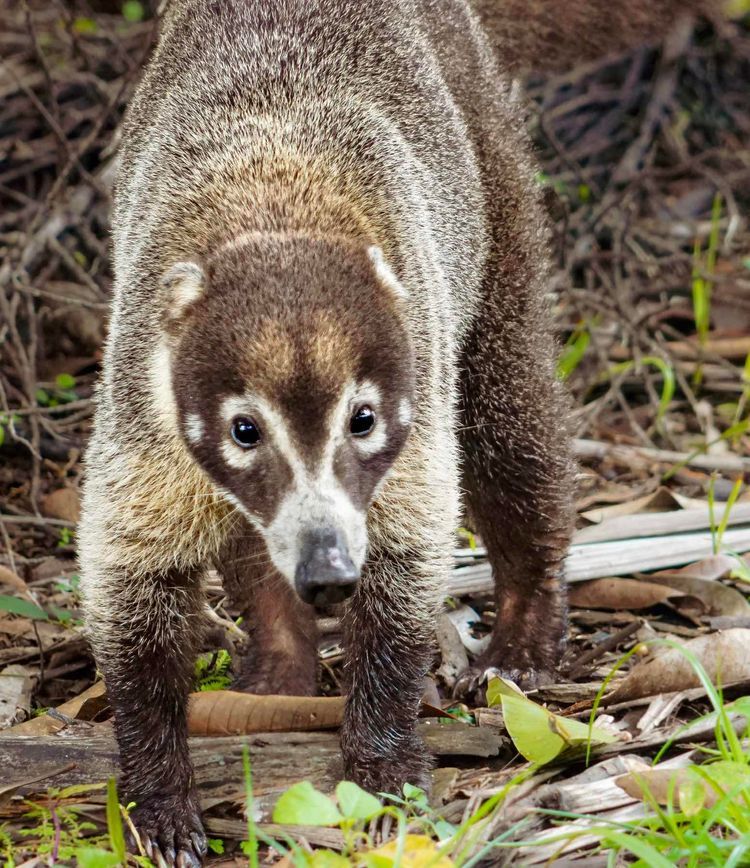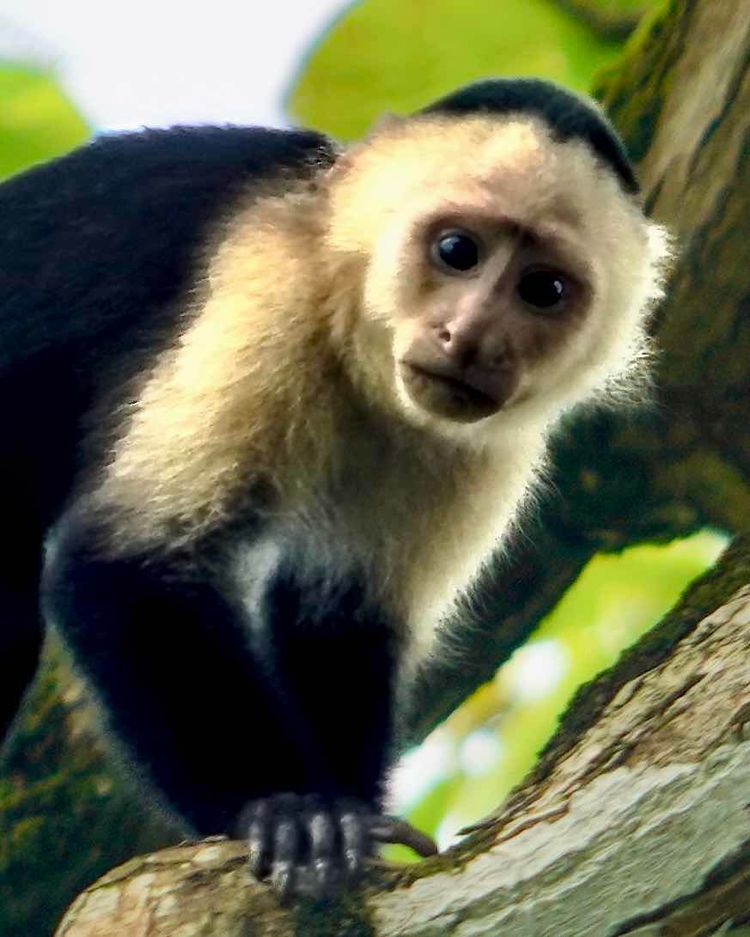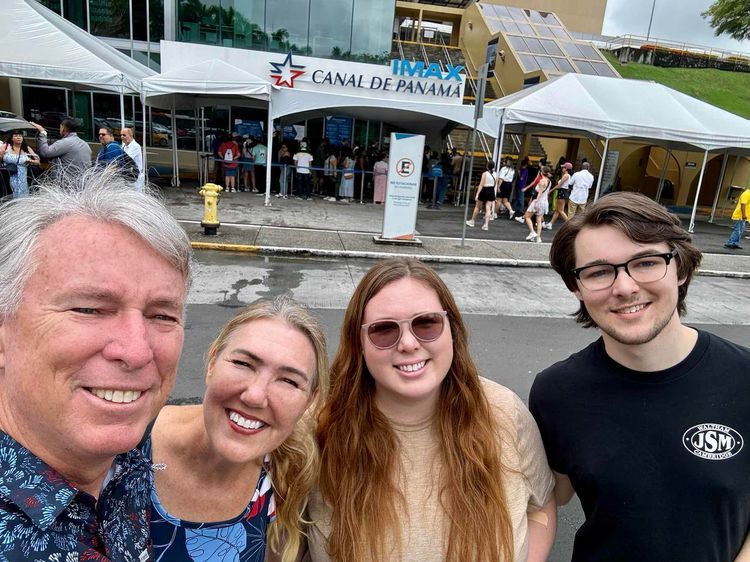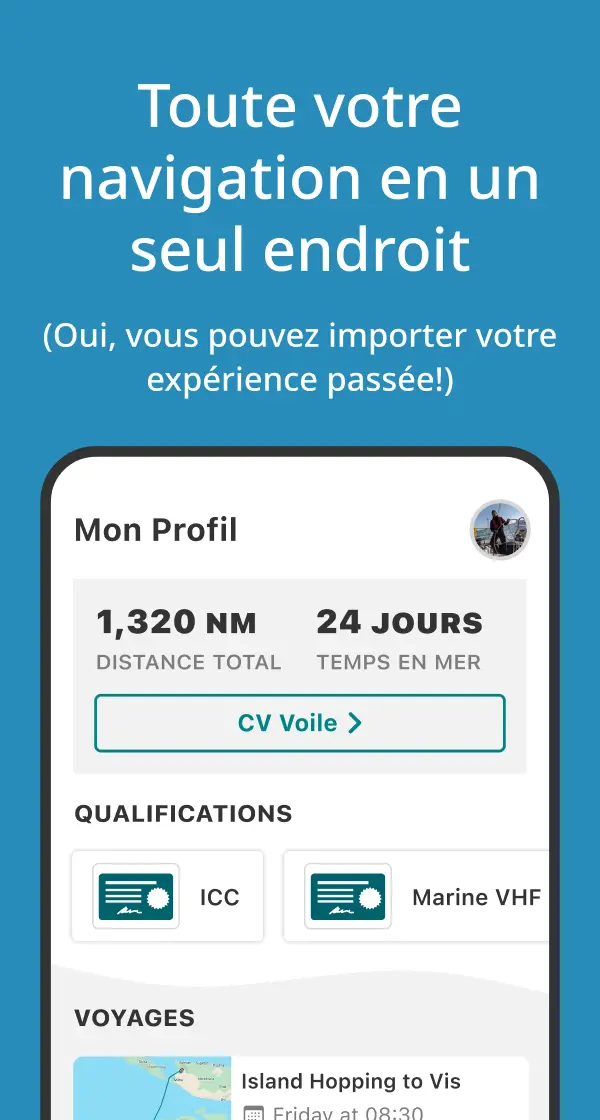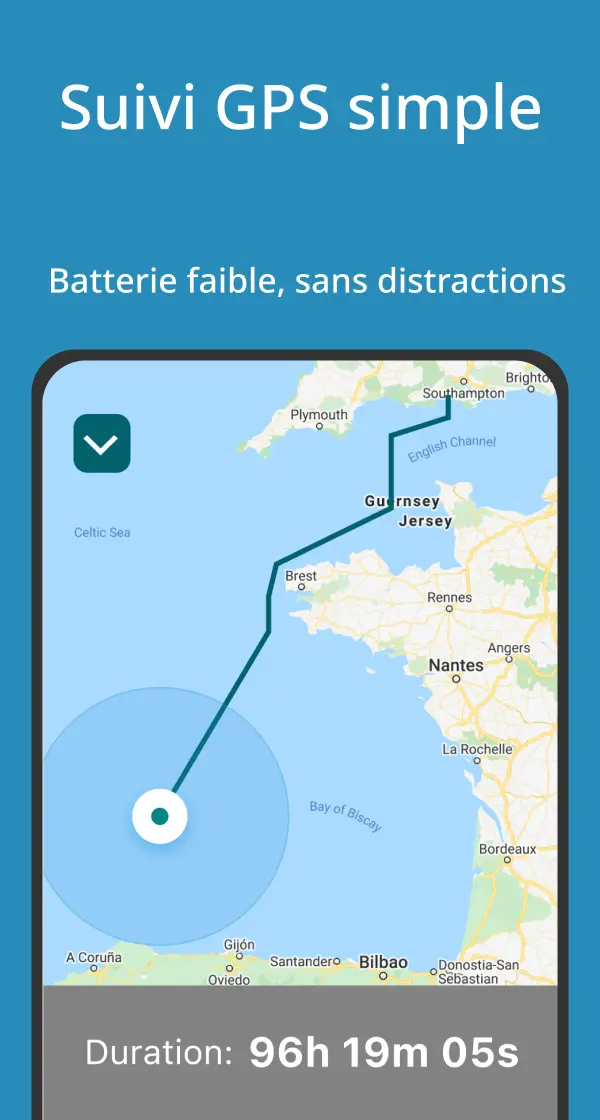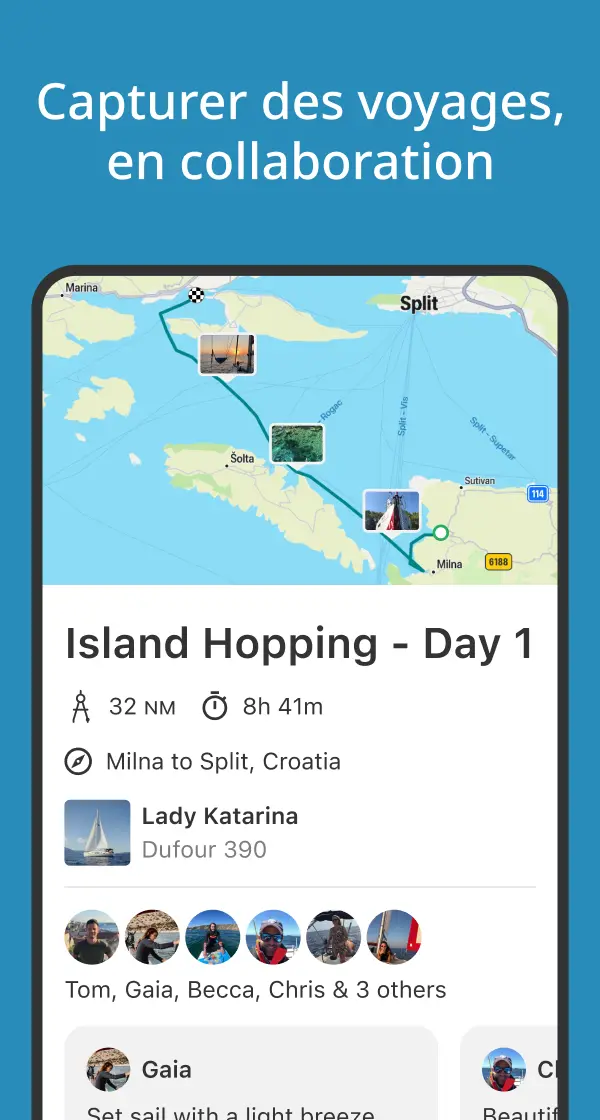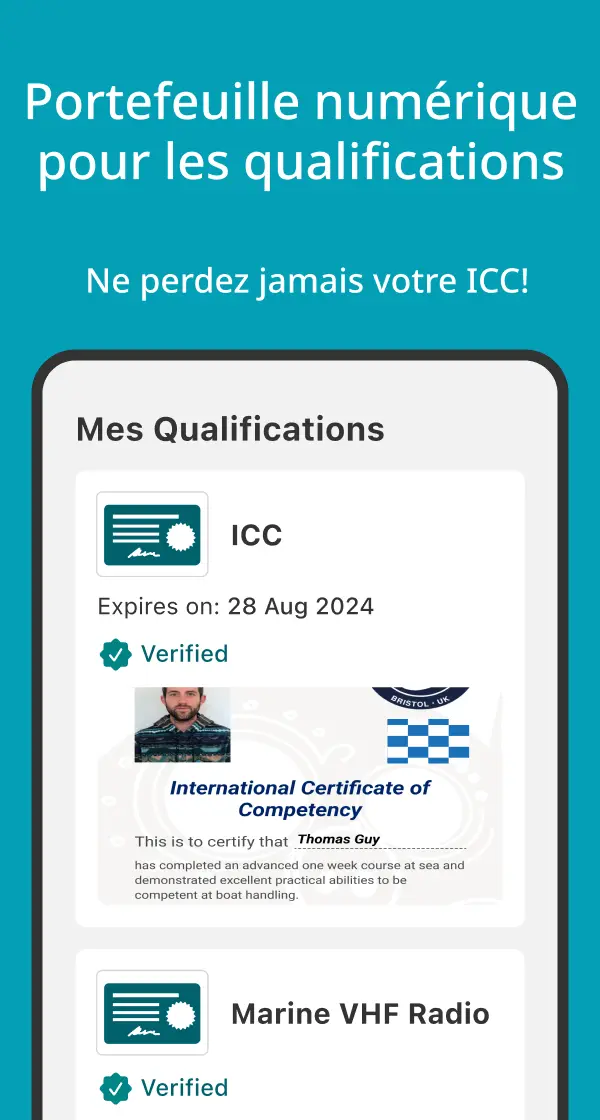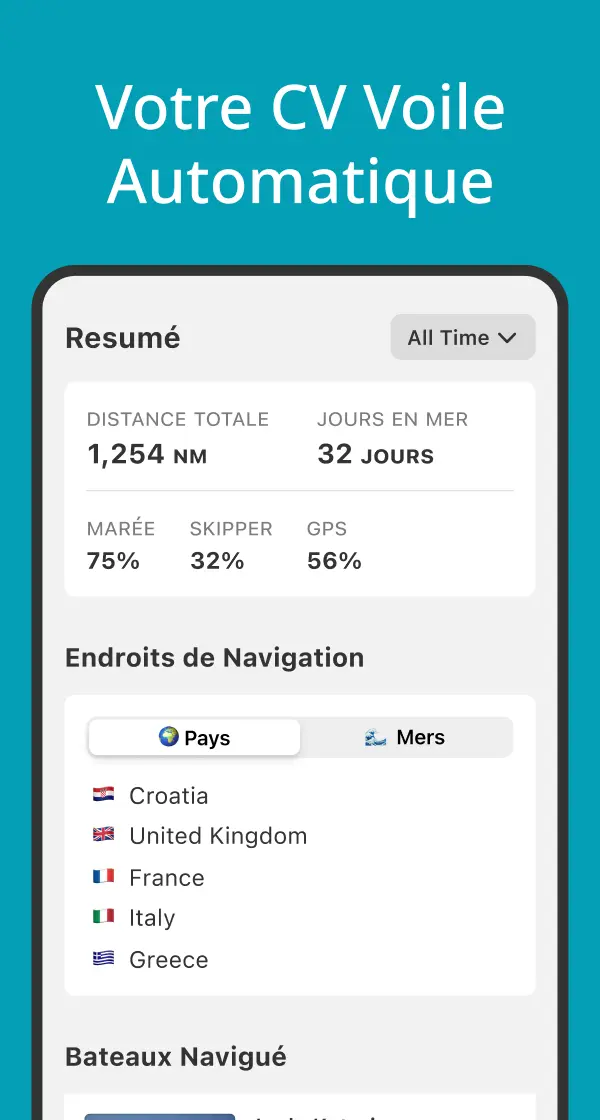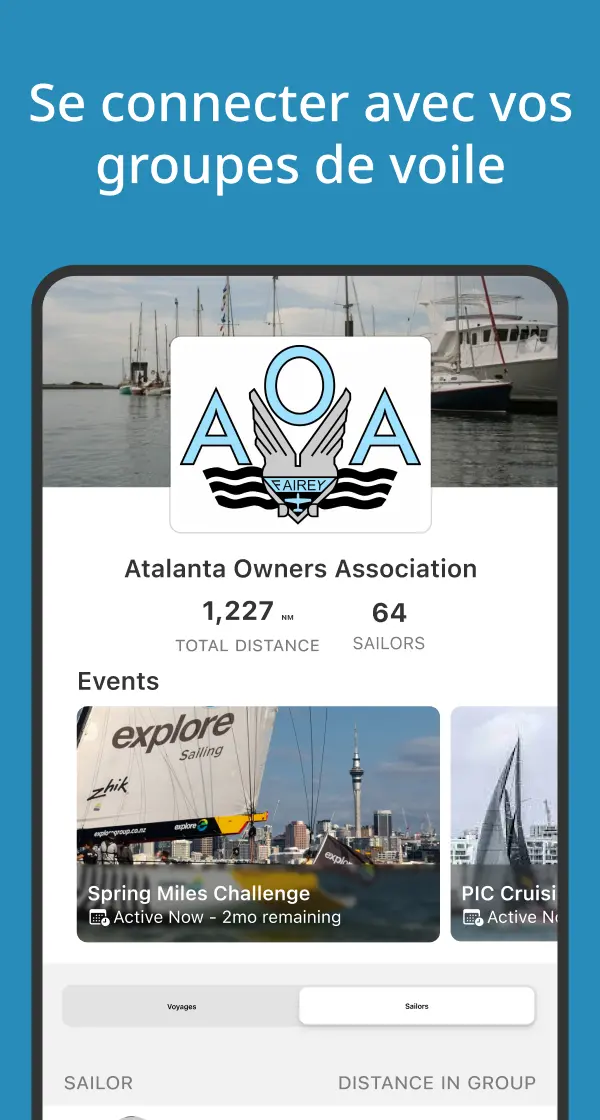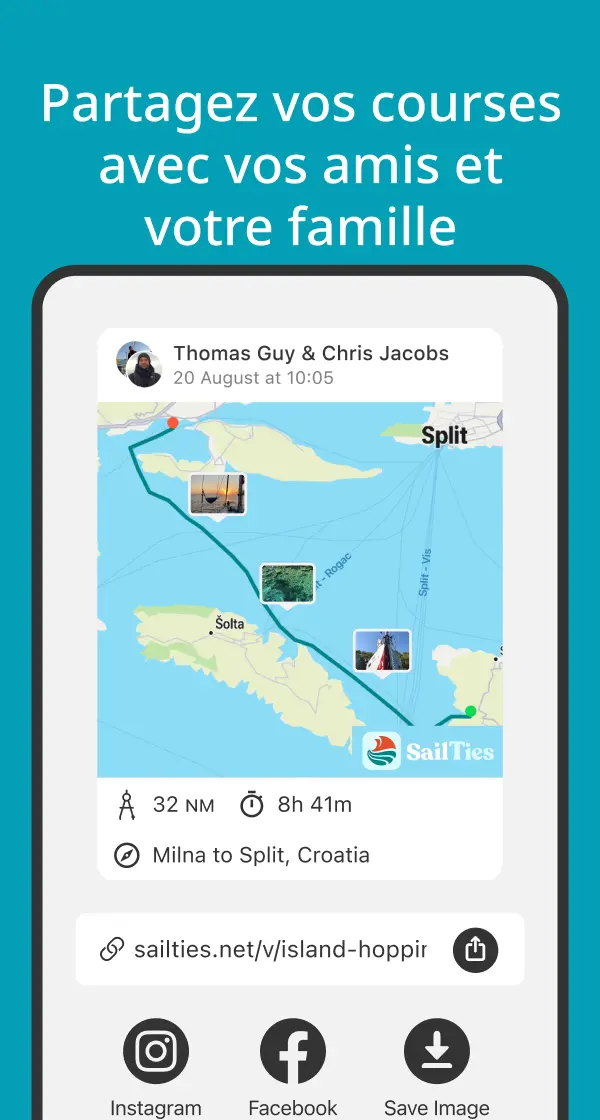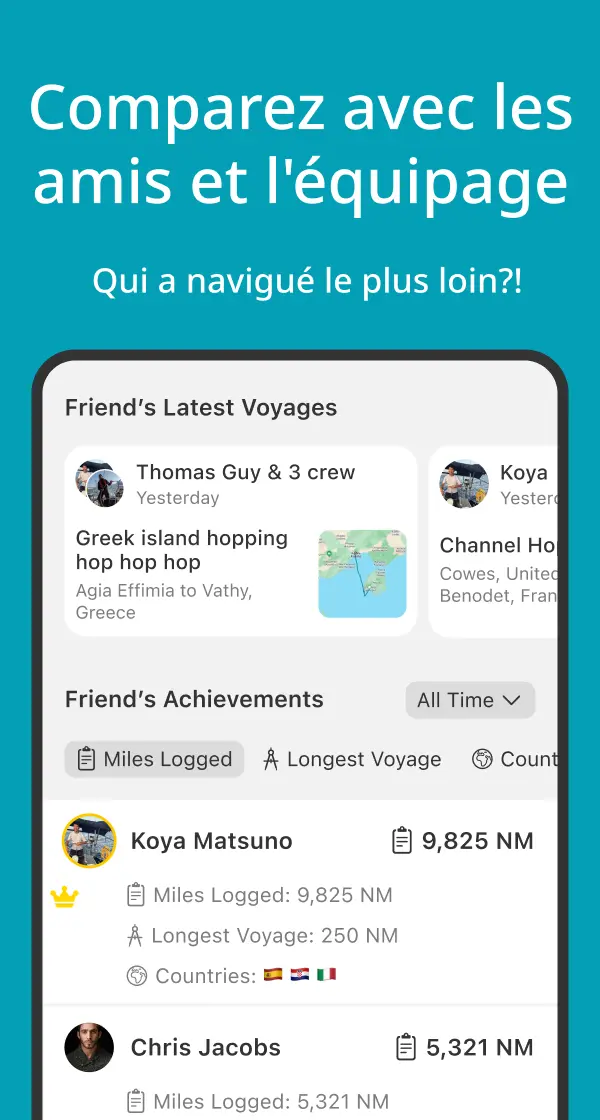
Not much wind on our trip from Cartagena to Isla Grande / Isla del Rosario. Anchorage was a bit tricky given the reefs, so careful when you approach! The north side of the island has the beaches and bars that make it a relaxed stay. Ceviche, lobster and coconuts give it the original feel. We anchored in the south west of the island, protected from swell and the rather consistent and strong N / NE wind. Used the dinghy to get to the island. Very nice people, generally a rather safe place. Be mindful and smart though.
20.9
NM
4h 42m
Getsemaní to Punta del Muerto, Colombia
Denis, Pavel Starkov & 1 other
1 January 2025 at 10:23
5
764.6
NM
5 days 7 hours
Dorp Antriol, Bonaire, Sint Eustatius, and Saba to Howard Battery, Panama
Cynthia Salatino - Speed of Life
17 August 2024 at 07:26
52
NM
9h 40m
Ensenada Totumito to Getsemaní, Colombia
Cynthia Salatino - Speed of Life
16 August 2024 at 08:51
59
NM
8h 58m
Barrio Norte to Ensenada Totumito, Colombia
Cynthia Salatino - Speed of Life
8 August 2024 at 08:05
167.6
NM
1 day 5 hours
Caribbean Sea to Barrio Norte, Colombia
3787.1
NM
41 days 8 hours
North Pacific Ocean, Colombia to Taiohae, French Polynesia
We both loved this passage. Enjoying our new routines, trusting Penny even more and of course the wildlife. Although the start of the trip didn’t go to plan after losing all our fresh water with the hose in the lazerette working loose. We returned to Panama where we were graced by the generosity of our fellow cruisers on Warrior, who helped us to refill our tanks using their hose, with what we can only describe as brita water! We felt confident that Penny was ready to go back to sea. We were pleased to back on the open ocean. With champagne sailing conditions we hoisted our spinnaker “big blue”, most days. During the night, the hydrovane did a great job of holding a course allowing us both to feel well rested. Despite the forecast and the ICZ, we only had to use the engine in the last 24hours. This was to ensure that we arrived at the Galapagos on our expected arrival date. Right from the start, the trip was full of wildlife. We were sent off with a parade of frigate birds, dolphins and even a whale. We had boobie birds who would take refuge on the bow of Penny. They would arrive at sundown and have fledged by morning. We were amazing at the fearless attitude and balance as they hunkered down for the night. One evening as the sun was setting, a majestic pod of pilot whales swam across our bow gracing us with their presence. This was a huge highlight of the trip! Another highlight of the trip was when we caught our first yellow fin tuna! It was delicious! Due to its size we had four huge fillets which fed us for almost half of the trip! We enjoyed it with roasted veg, stir fry, burrito and a Thai curry. Towards the end of the passage, we crossed the equator. We went from the north hemisphere to the southern. It felt like a real achievement to have got Penny to this point. To celebrate we had a small bottle of bubbly which we toasted to Neptune. We also did a short speech, pronouncing us both as officially “Shellbacks”. A challenge of the passage was all the preparation we had to do to ensure our entrance to the Galapagos. As a nature reserve it has very strict regulations when entering via a sailing boat. We had to provide evidence that our hull had been certified clean 72hours before departure, Penny was required to be fumigated, stickers were needed on our waste bins, no eggs, oranges, meat or excessive dairy could remain in the fridge on arrival . The list for this inspection goes on… The part of the inspection that concerned us the must was the hull inspection on arrival. We were informed that a diver will swim down and check the hull of the boat for weed, barnacles and any other marine life. If they decide that the hull is not clean, you will be sent 100mile offshore to clean it and recharged the national park entrance fee. To prevent the risk of this happening, we decided to dive on the boat prior to arrival. We had a very calm day, just before crossing the equator and used this opportunity to dive on the hull. We were 200miles from land and had 3000metres of water below us. With the boat speed at less than a knot, Dave very bravely adorned his dive gear and, attached multiple safety lines jumped in and began cleaning. He said it was the scariest diving experience with the fear of the unknown, not knowing what could come up from the depths below sent shivers down his spine. After a very tense hour, we safely got Dave back onboard and resumed our onwards journey to the Galapagos. Upon arrival in Galapagos we had 8 port officials come onboard to undergo our entrance inspection into the Galapagos. They consisted of; our agent, a doctor (in full scrubs) - to inspect our first aid kit, 2x bio security - to ensure we had no contraband, navy - to inspect the cleanliness of our bilge and engine bay, port officer - to check the checkers, a diver - to inspect the hull and immigration officer. Thankfully the inspection went smoothly and we were cleared into the Galapagos water. Now it’s time to explore these exciting islands.
5
After a delayed start due to gale force winds, we set off for Puerto Obaldia. We were told by our canal agent, that it is possible to clear customs here and get a cruising permit. Which we needed to be able to enjoy San Blas. After researching on our various navigational/sailing apps, we knew the anchorage would be rolly. So we made a plan to arrive in the anchorage at midday, check in and then continue our sail to San Blas. Using our average speed from previous trips we calculated we needed to leave Cartagena at 11am to arrive at the anchorage on time to check in. However we had 100miles before arriving and our boat speed was slower due to different factors. One of which was the sea state. The sea was still very disrupted from the storm the night before, this made negotiating the waves very challenging and it reduced our boat speed. Additionally, the wind was less than forecasted which again slowed our progress. As a result, we arrived at Puerto Obaldia at 4:30pm, by this time check in was closed and we would need to anchor for the night. As we approached, we could see there was a large swell in the anchorage which was going to make for a very uncomfortable night! Additionally, it was an onshore breeze making it very dangerous as if we didn’t set the anchor correctly we could end up aground or wrecked on the beach. To top it all off, the anchorage was full of debris. With all these factors against us we decided it was safest to go back out to sea and to check in else where. So we set off for another 150nm up to San Blas! The sail was now at night and also upwind. We were both frustrated and tired after sailing 100nm in the wrong direction to not achieve anything. However, we pushed on and were rewarded the next day by arriving in the beautiful snug harbour!
5
Explore Voyages in Similar Countries:

Argentina 🇦🇷
Photo: @sanfrancisco on Unsplash

Guyana 🇬🇾
Photo: @joshuagobin on Unsplash
